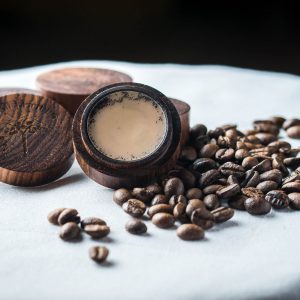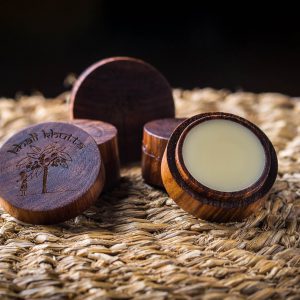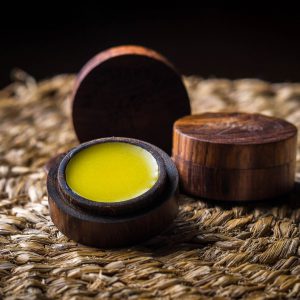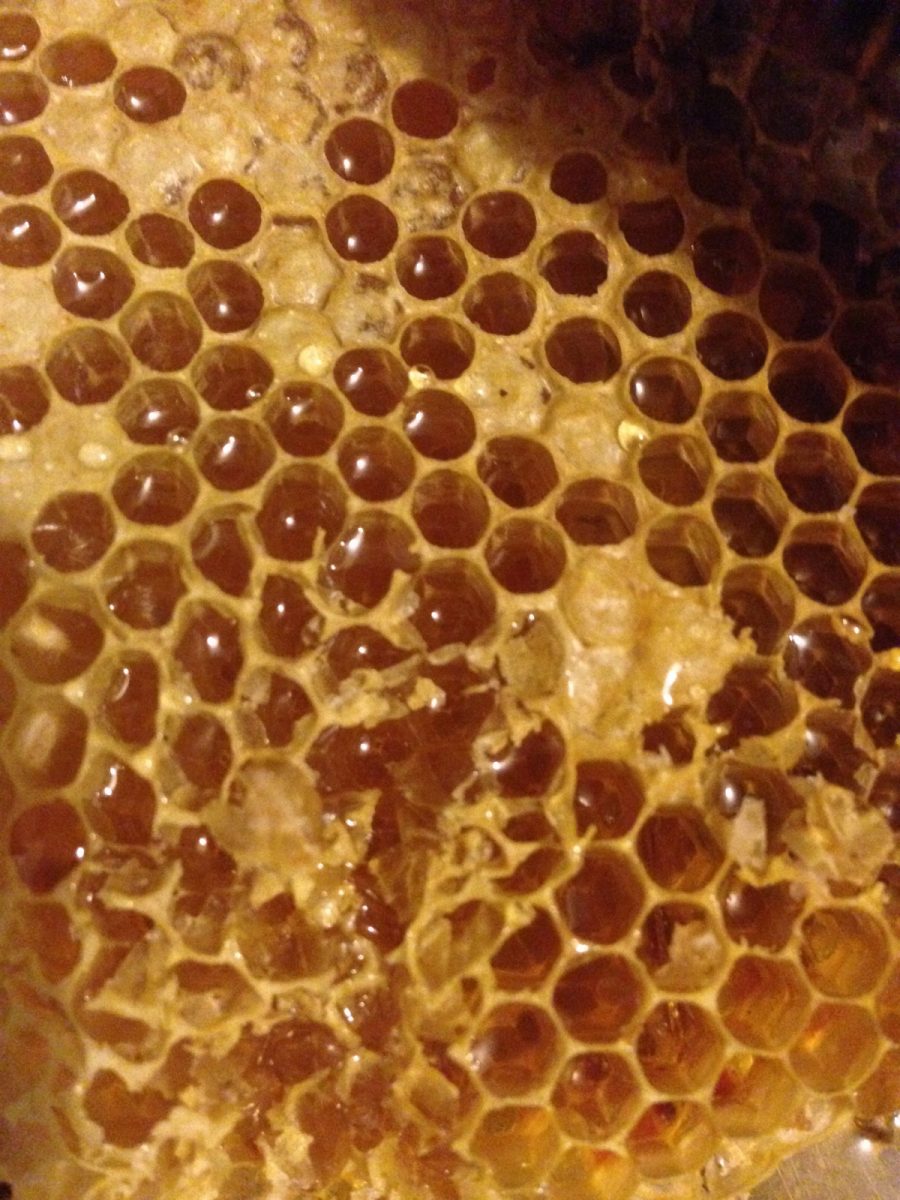
Beeswax
Humans have interacted with honeybees for millennia and beekeeping has been carried out throughout the world for generations. We use beeswax from two different native bee species in our products, which helps support local livelihoods and native honeybee populations.
Beekeeping and Beeswax in Nepal
Beekeeping in Nepal, as with many places in the world, has been carried out for centuries. Traditionally, bees are kept in log hives, made with hollowed (naturally hollow or hollowed using tools), or harvested from wild colonies. The honey and wax that was not consumed by the harvesters, would usually be sold to traders who traveled between the high Himalayas to the lowlands of Nepal trading goods.
The wax was traditionally used in sculpture making in the Kathmandu valley and elsewhere. In modern times, the demand for beeswax has reduced as sculpture techniques have changed. Beekeeping has kept on but with a reduced market for the wax.
Many NGOs and other groups help promote beekeeping however, unfortunately often includes working with nonnative European honey bees Apis melifera, which is putting populations of native bee species at risk. This is due to A. melifera being slightly larger than the native A. cerana, therefore outcompeting it for natural hive sites (e.g. hollow trees) and because of diseases and parasites that they have brought with them.
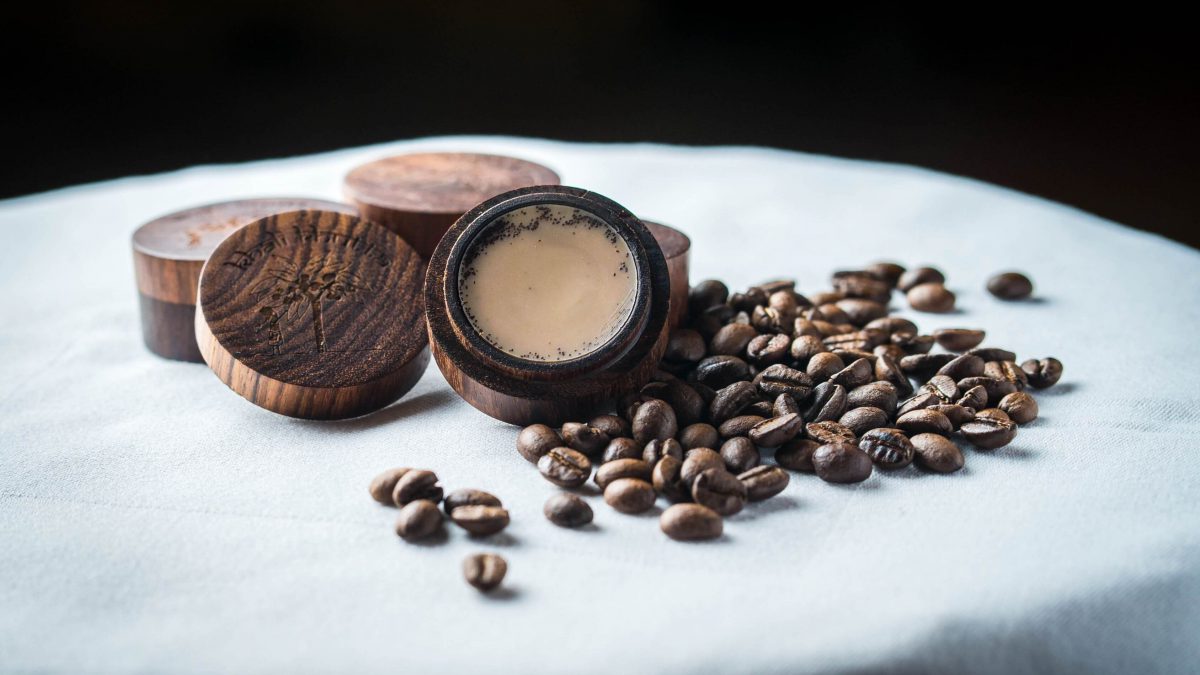
Our Beeswax
We use wax from the Asiatic honey bee (Apis cerana) native to the midhills of Nepal and widespread throughout the country, and the Himalayan cliff bee (A. laboriosa – see The Last Honey Hunter, below) found at a slightly higher altitude and famous for their incredible nesting sites, high up on rock faces in the Himalayan jungles.
By using beeswax from native species, we are promoting their use among beekeepers and supporting native honeybee populations whilst sharing the importance of keeping native bees.
This bee species is quite famous for its incredible nesting sites, high up on rock faces in the Himalayan jungles.
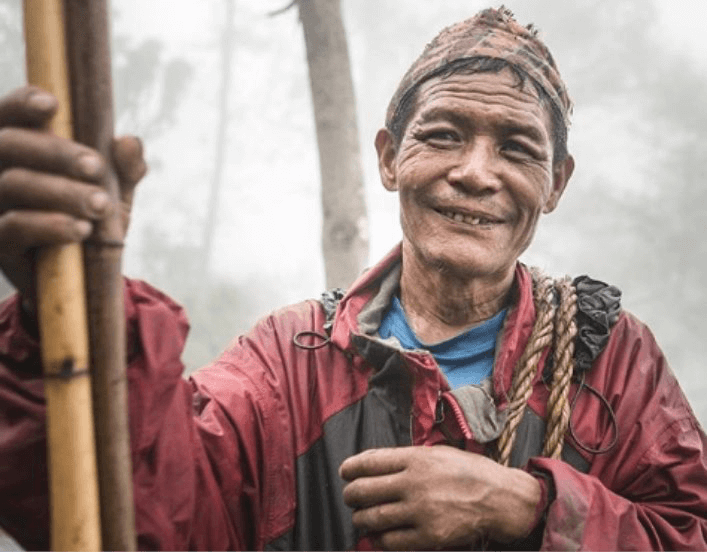
The Last Honey Hunter
There have been a several documentaries exploring the tradition of climbing the huge cliffs on woven bamboo ropes to take honey and wax from the worlds second largest honey bees Apis laboriosa, or “Honey Hunting” as it is sometimes called, but none more personal, breath-taking or cinematic than a National Geographic film The Last Honey Hunter.
Our limited edition “The Last Honey Hunter” lip balm uses beeswax collected in the filming of The Last Honey Hunter documentary. We worked with the team from the documentary to acquire this rare and incredible beeswax that is naturally the deepest golden yellow, for a limited edition balm.
Take a look at #thelasthoneyhunter for more on this story.
Photo courtesy of Ben Ayers.

